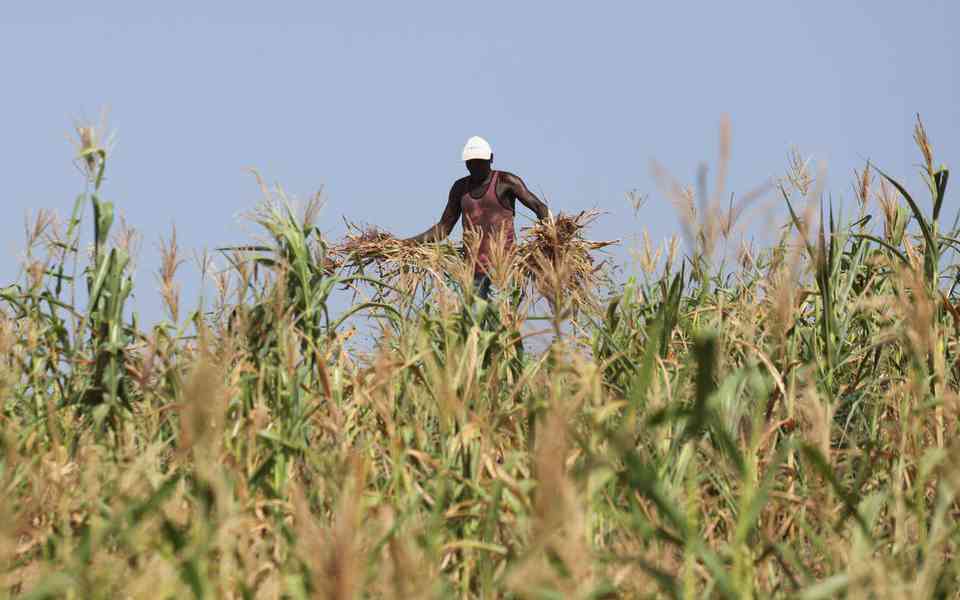
One of the oldest Persian celebrations, Shab-e Yalda (Yalda Night), sometimes referred to as Shab-e Chelleh, is annually observed on December 21 by Iranians all over the world. Yalda is a winter solstice celebration that occurs at the end of autumn and on the eve of the first day of winter, which is the year’s longest night.
Iranians commemorate the last night of fall as the rebirth of the sun and the triumph of light over darkness since days get longer and nights are shorter in the winter. On Shab-e Yalda, people meet friends or relatives, generally at the house of grandparents or the elderly members of the family, to celebrate the longest night of the year by eating nuts and fruits, reciting the poems of the Iranian renowned poet, Hafiz, expressing good wishes, conversing and entertaining each other to welcome winter and bid farewell to fall.
Yalda Night: Celebrating the Longest Night of the Year
Some historians are of the opinion that this festivity dates back to more than 7000 years ago. It is also said that in the year 502 BC, the Iranian king, Darius I, legally included Shab-e Yalda into the ancient Iranian calendar. The name Yalda is derived from a Syriac word meaning “Birth”.
The shortest days really occur in the last days of fall, and the first night of winter signifies the birth of the Sun (Mehr) and the beginning of the year, as understood by ancient people. They, therefore, referred to this night as the Sun’s birth. Some people think that this idea also serves as the foundation for Christian Christmas.
Shab-e Yalda is a lovely festivity with a rich history and fascinating background that can also be used in modern-day settings. Since ceremonies and rituals have been a part of human life since time immemorial, maintaining and engaging in them can give us a sense of purpose and a connection to nature and the central ideas of life.
Delicious Food, Essential Part of Yalda Night!
Food is an important thing during Yalda night, much like it is for Thanksgiving. Iranians use the last of the summer fruits on this particular evening. This is the night when Iranians may relax and enjoy such fruits as watermelon decorating their Yalda’s table.
- Chamisa under fire over US$120K donation
- Mavhunga puts DeMbare into Chibuku quarterfinals
- Pension funds bet on Cabora Bassa oilfields
- Councils defy govt fire tender directive
Keep Reading
The explanation is that Iranians have long thought that starting the winter off with summer fruits will prevent one from becoming sick during the chilly season. Pomegranates, which in Persian culture represent fertility, rebirth, and the cycle of life, also grace the Yalda table with their vibrant red color.
Yalda meetings also involve a lovely supper that usually includes pomegranates and walnuts. As a result, Ash-e Anar, Fesenjoon, Anar polo, or Nardoon (Persian local foods) are typically offered on this night.
A modern Persian family does not consider a Yalda gathering to be complete without all the vibrant cuisine on the Yalda table (or Korsi). Persians are quite particular about how the Yalda table is decorated.
Divan-e Hafez (Hafez Khaani)
Reciting “Divan-e Hafez” is one of the cornerstones of an authentic Yalda in Iran. There is usually at least one “Divan-e Hafez” in every Iranian household. Make a “Faal” out of this book, that’s what you ought to do.
Faal is consulting Hafez’s odes as a form of divination. What you need to do is ask Hafez for advice and support by making a request or asking a query regarding your present life issues in your heart. The poem that emerges when you open the Divan (Hafez’s poetry book) at random would be the response to your query.
Obviously, you need a book with the translations in it or someone Iranian standing by who can translate it for you. The oldest family member, often a grandfather, opens the book and reads the poem for each member of the family. Because some people find Hafez’s responses to be quite accurate and relatable, it is really a fun experience.
Origins: Where Does Yalda Come from?
Yalda, also referred to as Chelleh, originates in the pre-Zoroastrian tradition of Mithraism, which is one of the best festivities lasting until sunrise after the longest night of the year. The longest and darkest night of the year was thought by the ancient Persians to be when evil powers were most powerful.
Yalda Night Inscribed on UNESCO’s List of Intangible Cultural Heritage
Shab-e Yalda or Chella, has been considered part of UNESCO’s Intangible Cultural Heritage (ICH). This was announced on the occasion of the 17th session of the intergovernmental committee for the safeguarding of Intangible Cultural Heritage held in Rabat, Morocco on 29 November 2022. The UNESCO fact sheet proudly characterizes this ancient event as a mirror of cultural identity, hospitality, peaceful coexistence friendship, and cultural diversity, highlighting its unique characteristics that have greatly and positively influenced the world’s culture.
Being part of UNESCO's Intangible Cultural Heritage inscriptions means recognizing the country’s heritage and its importance in maintaining cultural diversity in the face of increasing globalization. Intangible Cultural Heritage means helping intercultural dialogue and fostering mutual respect for other ways of life. Its importance lies not in the cultural manifestation itself, but in the wealth of knowledge and skills that are transmitted through it from one generation to another.







